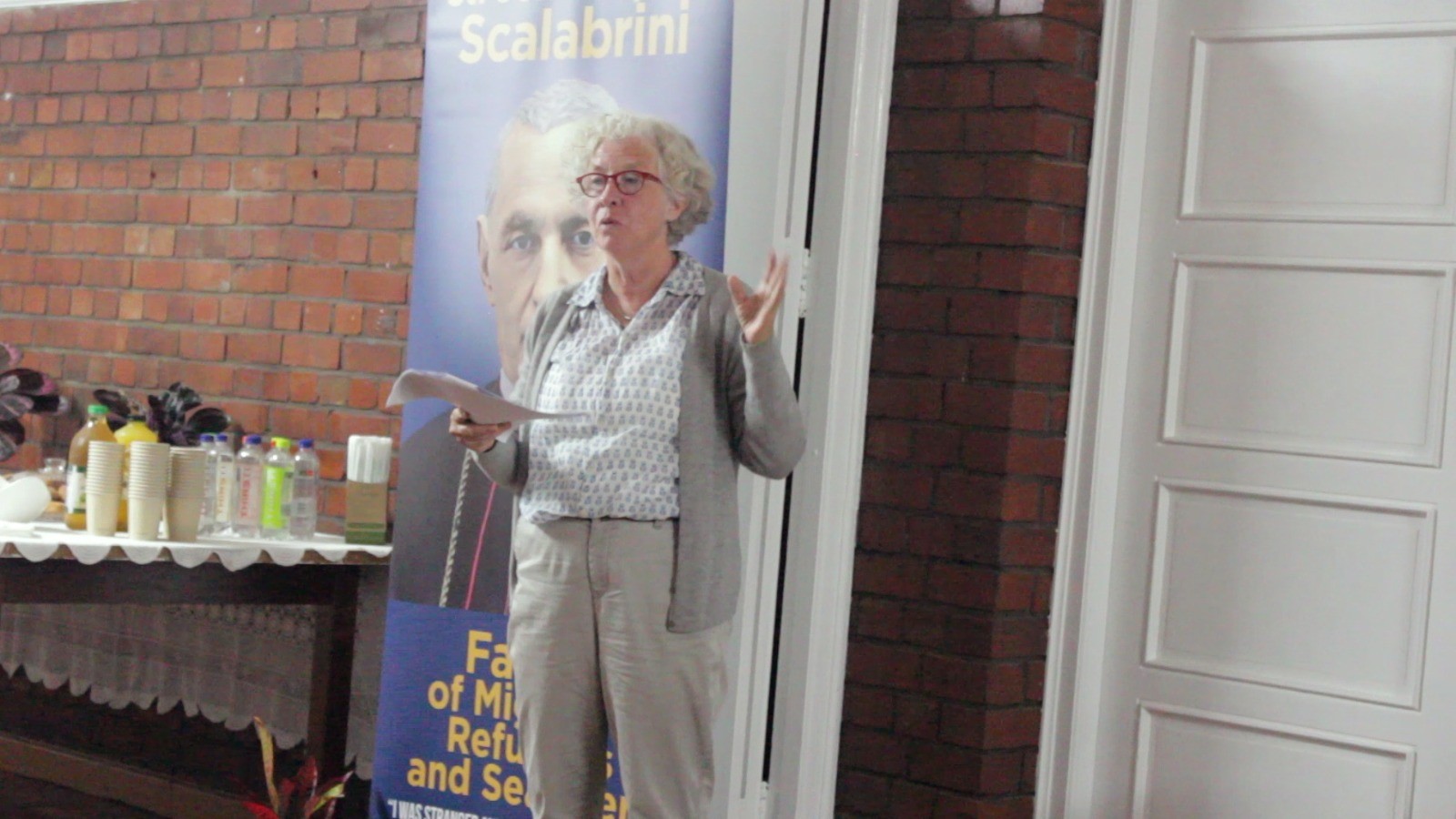
“Border towns and spaces of (in)visibility: A Study of young people on the move in the border towns of Chipata and Katete, Zambia” Launch
As part its 10 years of existence celebrations, the Scalabrini Institute for Human Mobility in Africa held an event to launch the research on “Border towns and spaces of (in)visibility: A Study of young people on the move in the border towns of Chipata and Katete, Zambia”. This research comes as part of SIHMA’s research agenda which is conducting research on human mobility with the aim to bridge the gap between academia and practice by informing programmes, policies, and advocacy for people on the move. The event unfolded with the introductory remarks from the SIHMA director, overview of SIHMA’s research work from the Head of Research at SIHMA, followed by the researchers Rebecca Walker and Glynis Clacherty introducing the study, methodology and findings and lastly was the discussions moderated by a researcher from SIHMA. The event was attended by researchers and representatives of NGOs working with people on the move and children in Cape Town.
During the presentation by the researchers, an overview of the experiences of young people in the border towns drawing from the study was given. Focus was also given on the methodology of participatory research used in the study – showing particularly how drawings and visual mapping provide important and sensitive approaches to conducting research with young migrants and other marginalised groups. Possible responses or strategies to strengthen the protection and support of young migrants in border areas and ensure that they are prioritized in the development agenda were also discussed.
During the discussion, the researchers explained how young people on the move employ strategies to remain below the radar of visibility to state and non-state actors due to fear of arrest, detention, and deportation while also trying to keep themselves safe and access support in border towns. These strategies of (in)visibility provide a way to protect themselves yet at the same time also heighten some of the risks young people face as their vulnerabilities are not always recognised by those who could offer support. The researchers also highlighted that the realities and challenges of life and migration in the SADC region and in Zambia need to be better understood for support to be strengthened and tuned to meet the specific needs of young people on the move. This includes understanding the role of state and non-state stakeholders, the impact of laws and policies and, critically, the experiences of the young people themselves. During the discussion with the various stakeholders who were attending this event, recommendations for immediate action, programming to support young people on the move in the two towns to reduce the vulnerability and exposure to risk for young people in this area, and recommendations for longer term policy advocacy were discussed.
The event was video recorded to be saved and used as a resource in different platforms including the internet, presentations at various engagements and as a tool for advocating for change. Following this event, SIHMA will continue to engage with other stakeholders in the SADC region on how young people on the move especially the ones that are invisible can be protected.
Categories:
Tags:

